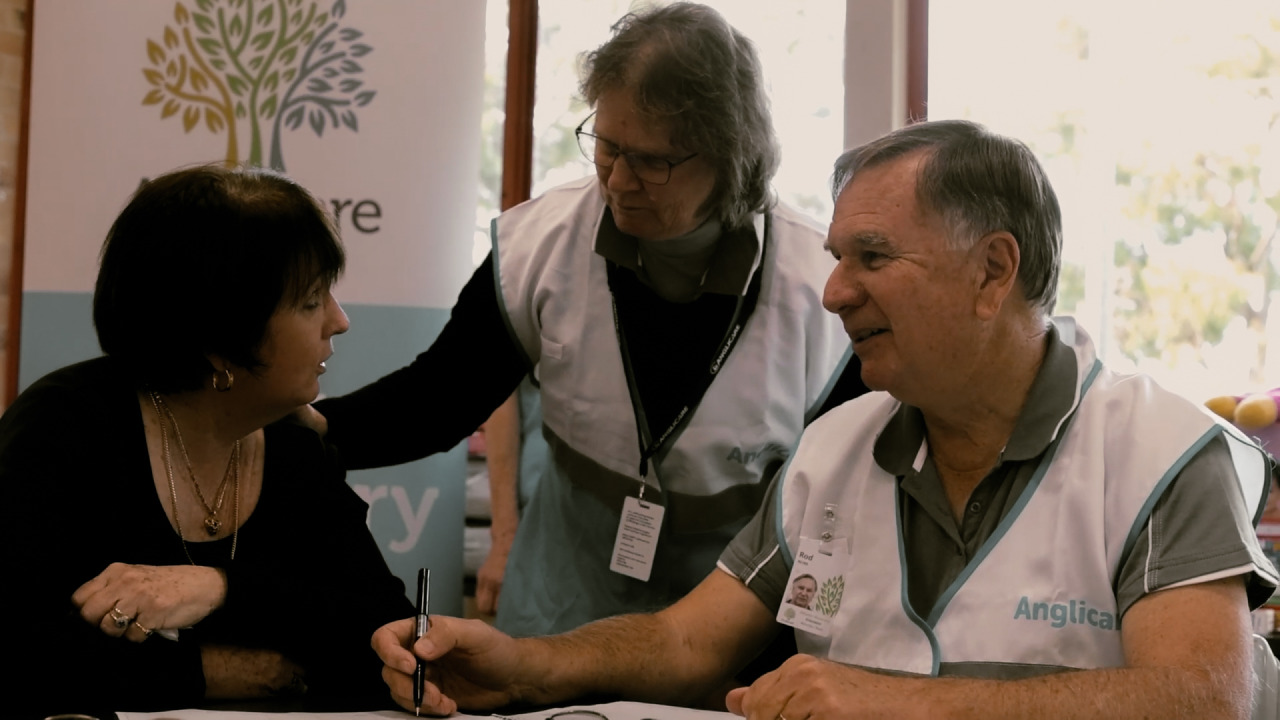With a rapidly growing business, Anglicare knew that the finance team needed a better forecasting system. Over time, finance had made incremental investments to address high-priority pain points in its reporting and analysis capabilities. But critical data was still spread across systems. Siloed operations across functional processes had led to a complex data and integration landscape, and disparate data across similar systems. The manual time commitments for consolidation and reporting were extreme.
“One of our four new imperatives is to empower our staff with fit-for-purpose solutions so they can do the best work of their lives. That meant finance would have to become truly agile—able to run different scenarios and help the business better understand the financial impact of different decisions. We needed simple, yet powerful, tools so staff could access key cost and operational insights—and act on them fast.”
Freeing finance team to better serve internal customers.
Anglicare began using Workday Adaptive Planning as its primary budgeting and finance reporting tool, spanning all its various cost centres. “Workday Adaptive Planning is integrated with all our finance systems via our data lake as the main source of truth for the cost centre hierarchy,” explains Senior Planning Analyst Roy Supan.
Before Workday, manual workflows and multiple sources of truth for financial and operational data meant finance managers and analysts wasted 80% of their time constructing data or creating its different representations.
“People would look at a previous spreadsheet and then have to ask, ‘Has it been corrupted? Has it been updated?’ Now, they’re going straight into Workday, looking at that one source of truth and updating it very quickly. A huge plus!” recalls Senior Finance Manager Mel Ting.
Ting believes that for finance managers and analysts the time split has reversed, with 20% spent on “pulling data” and 80% on analysis.
Workday Adaptive Planning gives back a huge amount of time so managers and business partners can see and analyse what the data is telling them.
Senior Planning Analyst
Moving to parameter-driven forecasting.
Most importantly, Workday Adaptive Planning has given finance a new superpower—the ability to easily create in-depth what-if scenarios so the business can see the financial impact of different decisions. “Our previous system wasn’t flexible, so we couldn’t revert to the previous scenario or create new versions. Now, we can spin off countless scenarios, create different versions of budgets, change assumptions in different scenarios, and instantly see the profit and loss outcomes,” says Ting.
Using this new capability, the finance team has created parameter-driven forecasts sheets for each strategic business unit. “This is about giving the business parameters they're familiar with rather than trying to get them to think about expense or revenue lines. So, for residential care, our forecasts are tied to occupancy numbers or resident per-day parameters. Managers can drop in information they understand and see the financial outcomes. As a result, the business is engaging a lot more with financial metrics.”
With Workday Adaptive Planning, instead of managing dollars, our managers are now looking at the drivers of those dollars—and that helps them focus on the right things.
Senior Finance Manager
Empowering operational managers.
According to Ting, the user-friendly and intuitive interface in Workday Adaptive Planning has encouraged Anglicare’s operational managers to branch out in the ways they use the product. “It is increasingly important for operational managers to engage with their financials in a meaningful way. But this can be hard when their everyday largely consists of managing clients and residents, and making clinical decisions,” Ting explains.
“But we’ve used the dashboard functionality to create a specific space for them to look at funding and workforce assumptions to plan outside of the annual budget cycle. Operational managers can go in whenever they want, see their actuals today, and compare that to their plan. They can even make their own changes to workforce and expense planning. Workday Adaptive Planning is very accessible. It’s intuitive. It’s self-serve.”
I think Workday Adaptive Planning has been very empowering for our operational managers. It’s provided a lot of clarity on what their finances mean.
Senior Finance Manager

